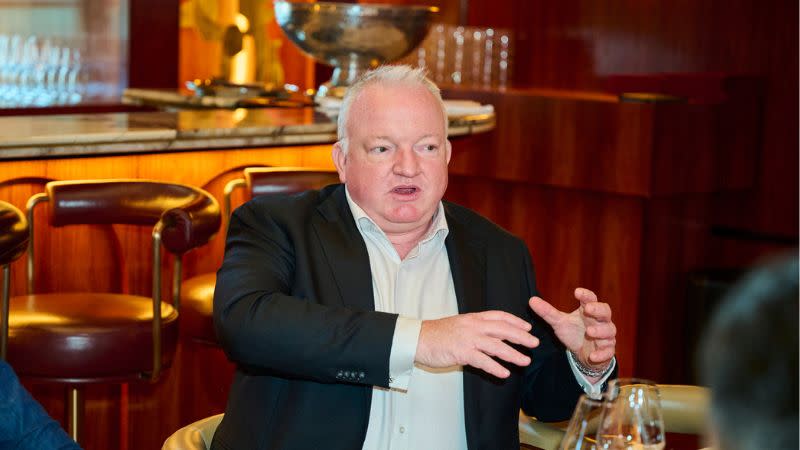Affordability Challenge Pushes Growing Pains into Regions

The chronic undersupply of housing in Sydney is pushing development further into greenfields—and the pressure on planning and service delivery is being felt across the state.
As affordability bites into home-buying budgets in Greater Sydney, regional New South Wales is having to digest strong population growth of more than 1 per cent each year.
And with that comes some growing pains, according to Shoalhaven developer Jennifer Macquarie.
Macquarie’s Fountaindale Group is developing farm subdivisions in the regions as well as smaller houses in townships. But Macquarie told a NBN Property Leaders Lunch in Sydney that the cost of infrastructure was impacting the way their projects were being delivered.
“In some areas depending on the lot size, the lots are not actually serviced,” she says.
“You might have self-contained power, so because the cost of infrastructure is so high, it’s starting to tip the subdividers into that direction.
“We do mainly joint ventures with a lot of farming families, we are really embedded in the local community.
“Being embedded in that community we want to make sure that the legacy we leave is complementary to the community. We live and breathe it and we want to make sure it’s good quality development.”

Macquarie said with ongoing climate change issues the impact of fire and flooding on the regions also affected delivery of services to these lots, and added greater cost pressures to providers.
NBN Co chief development officer for regional and remote areas Gavin Williams said infrastructure and service delivery were crucial to the bush.
“There wouldn’t be a regional council where development is not a top three issue, as you can imagine,” Williams said.
“Job vacancy rates, and wafer-thin house vacancy rates—you just can’t get professionals. They want to come, but it’s all around development. Development is not a dirty word in regional Australia, it’s necessary.”
Williams said there was “significant growth in towns and the demand for non-stereotypical stock” was evident in places such as Dubbo where a new town is being built.
“It's imperative for us to engage with developers so we can understand how to service the demands of the industry into the future,” Williams said.
“Our aspiration for urban, peri-urban and further afield is fibre, to towns in outback Queensland, because we really believe that’s a future-proof technology.
“For larger subdivisions, I would argue very strongly that it’s the right technology to future proof development.”

The results of The Urban Developer and NBN’s recent Sentiment Survey revealed most respondents were cautious about growth in the next 12 months in the face of planning delays and construction cost blowouts.
Survey data revealed a third of respondents were experiencing planning approval times of up to two years, while more than half said the planning delays were adding 10 per cent or more to overall costs of their projects.
Data released by the NSW Government showed planning times were slowing despite the volume of projects being submitted reducing.
NSW councils are taking an average of 111 days to determine DAs since July, compared to 107 days in 2022-23 and 83 days in 2021-22, while the number of building plans submitted fell fro 81,158 in 2021-22 to 64,980 in 2022-23.
Developers attending the Sydney NBN Property Leaders Lunch agreed planning times were problematic and the councils were sending more projects to the Land and Environment Court, which added time and money to the process.
The NSW Government has committed to supporting councils in their bid to cut wait times with additional planner support, a planned reduction in red tape, and an investment in artificial intelligence to improve the planning processes.














